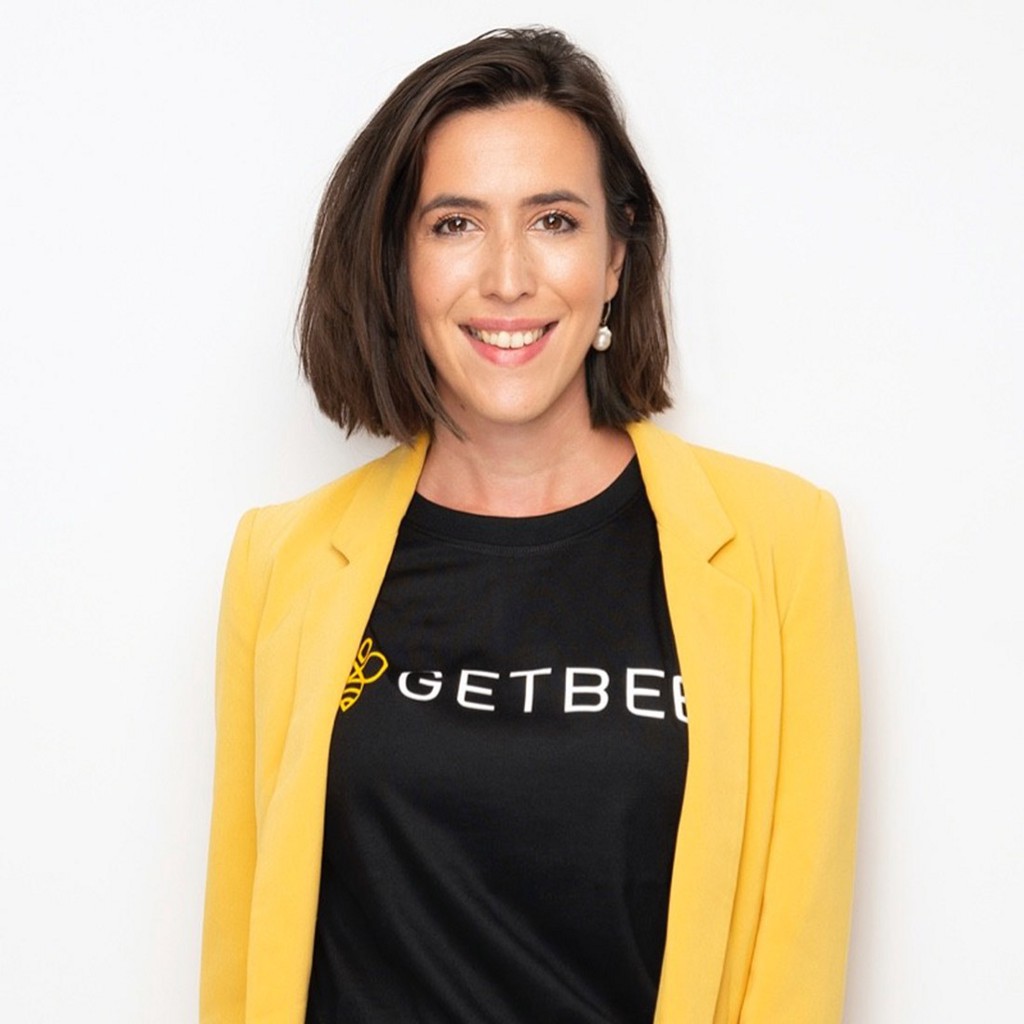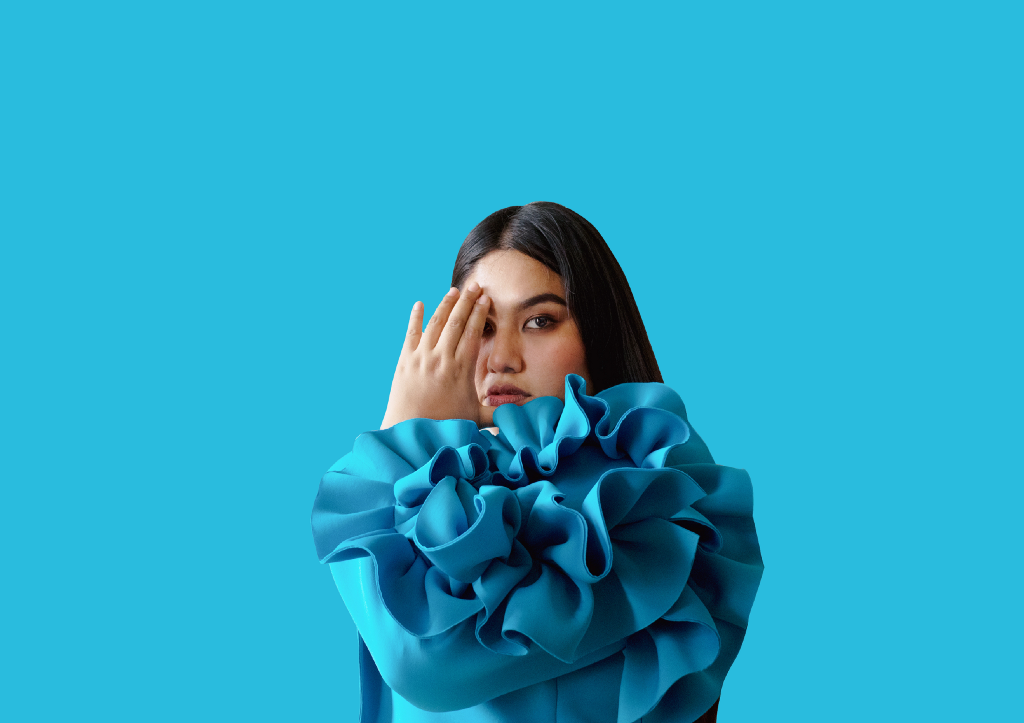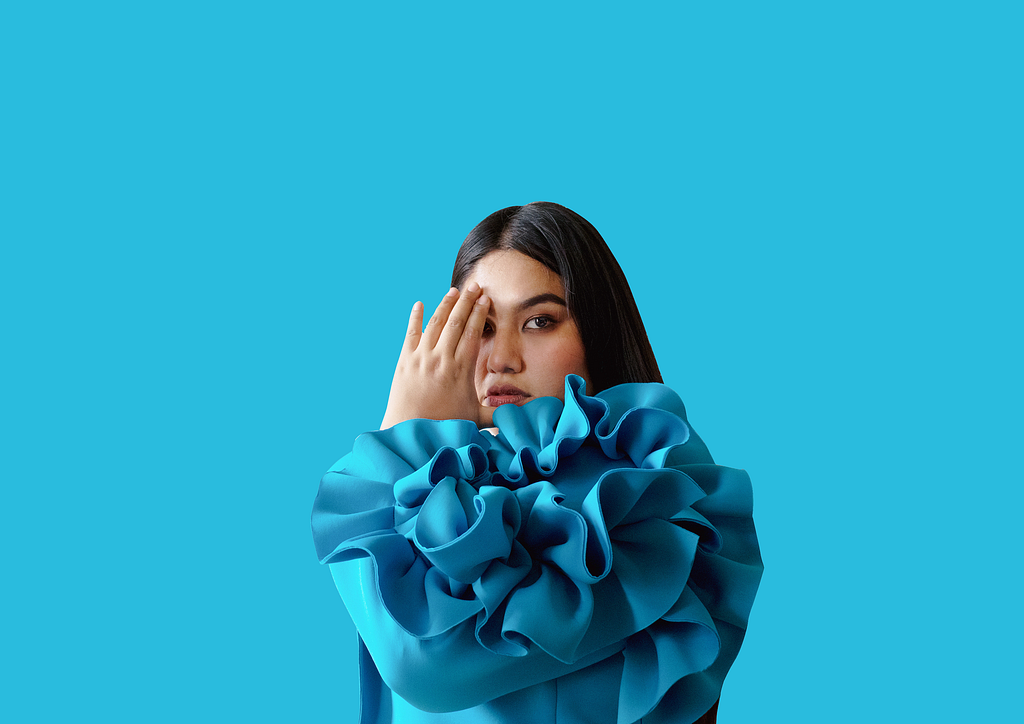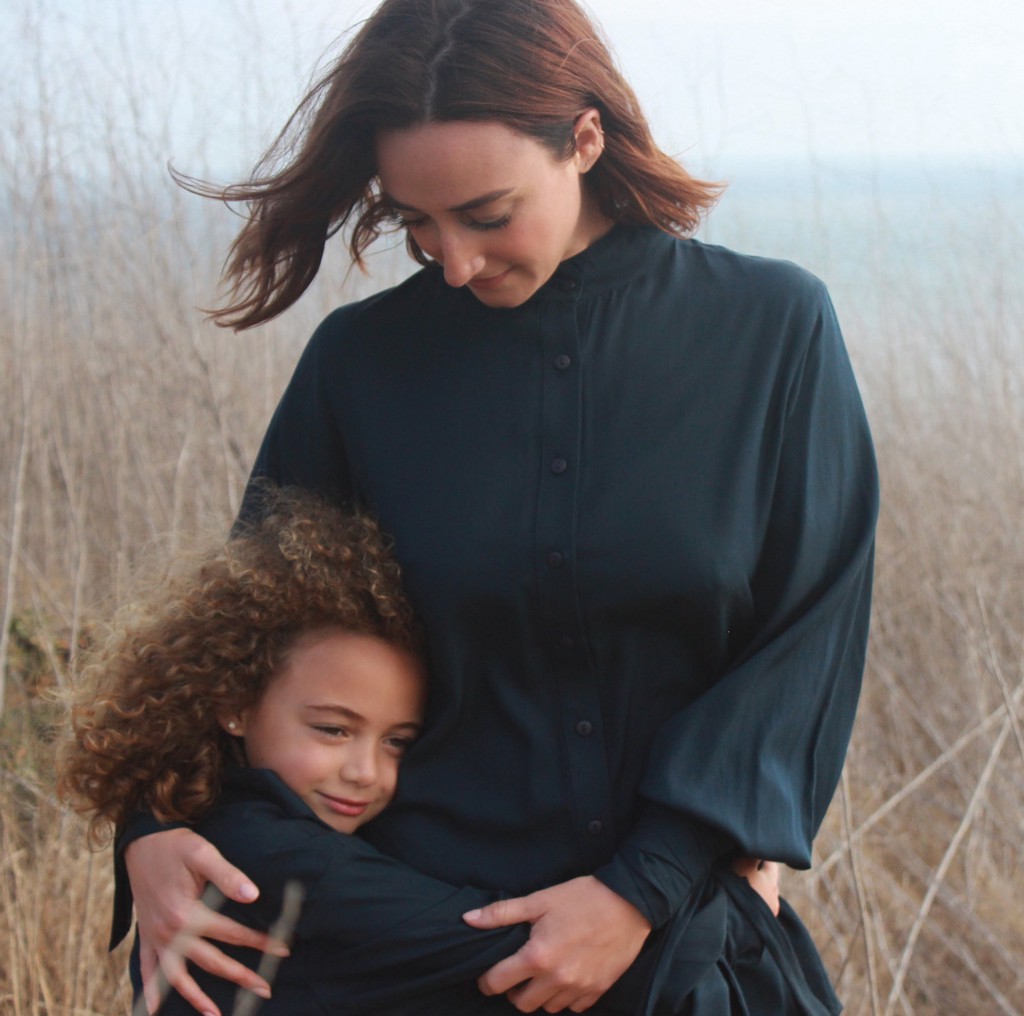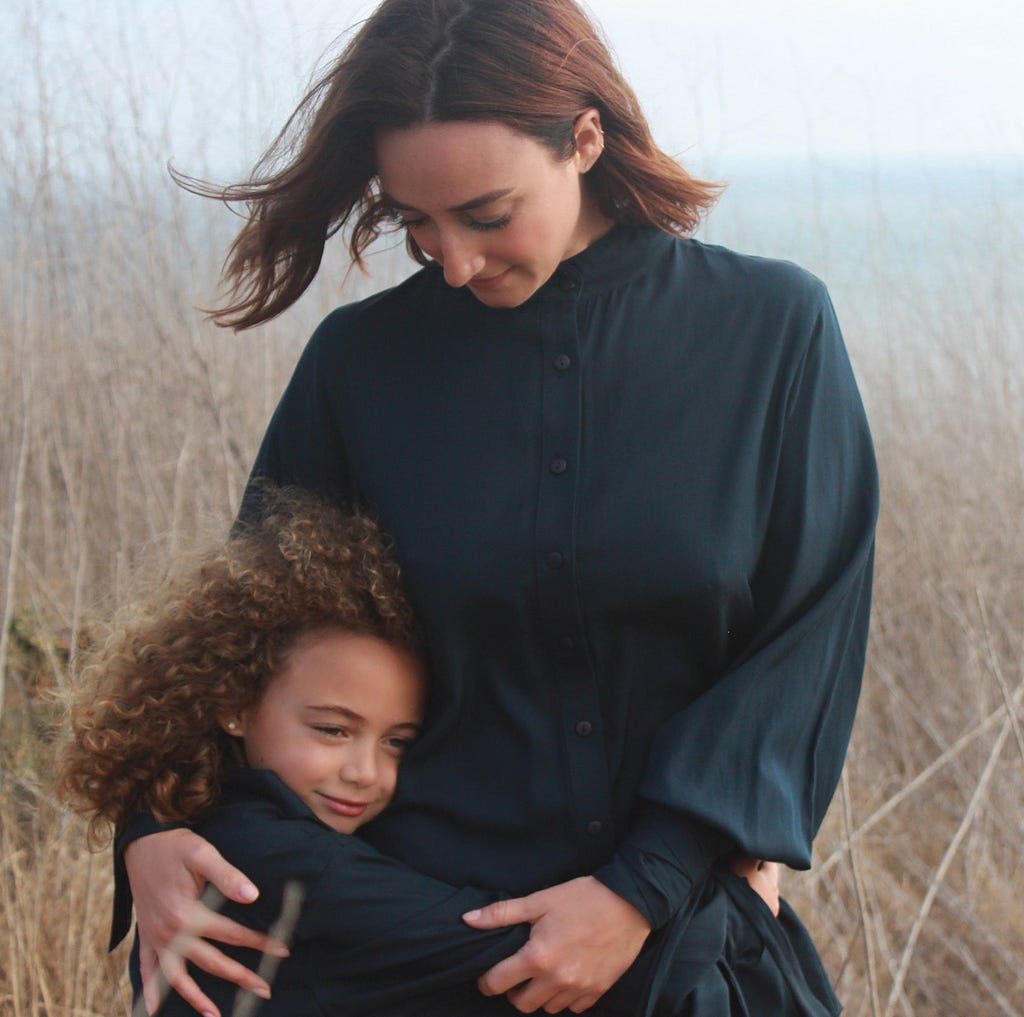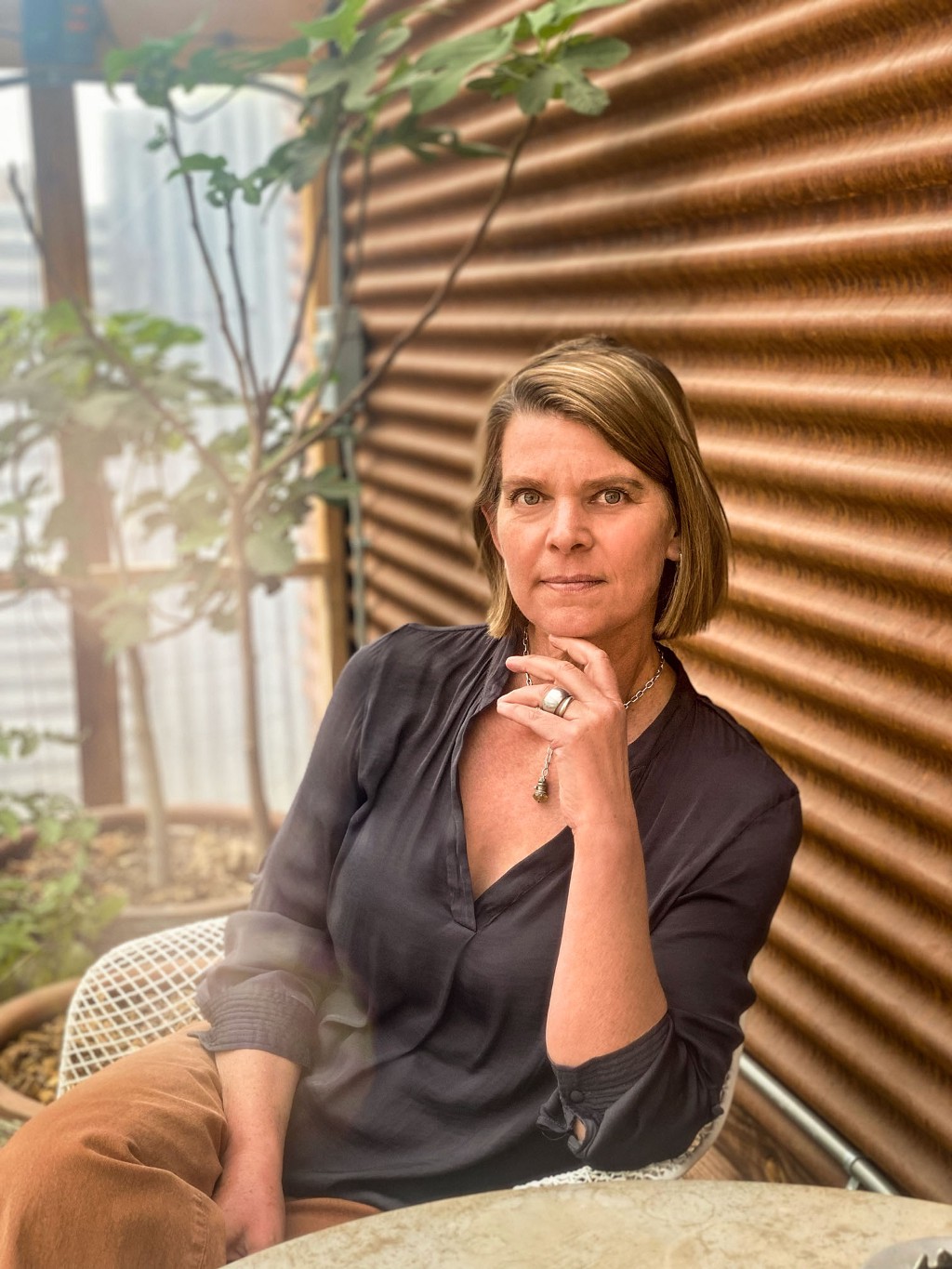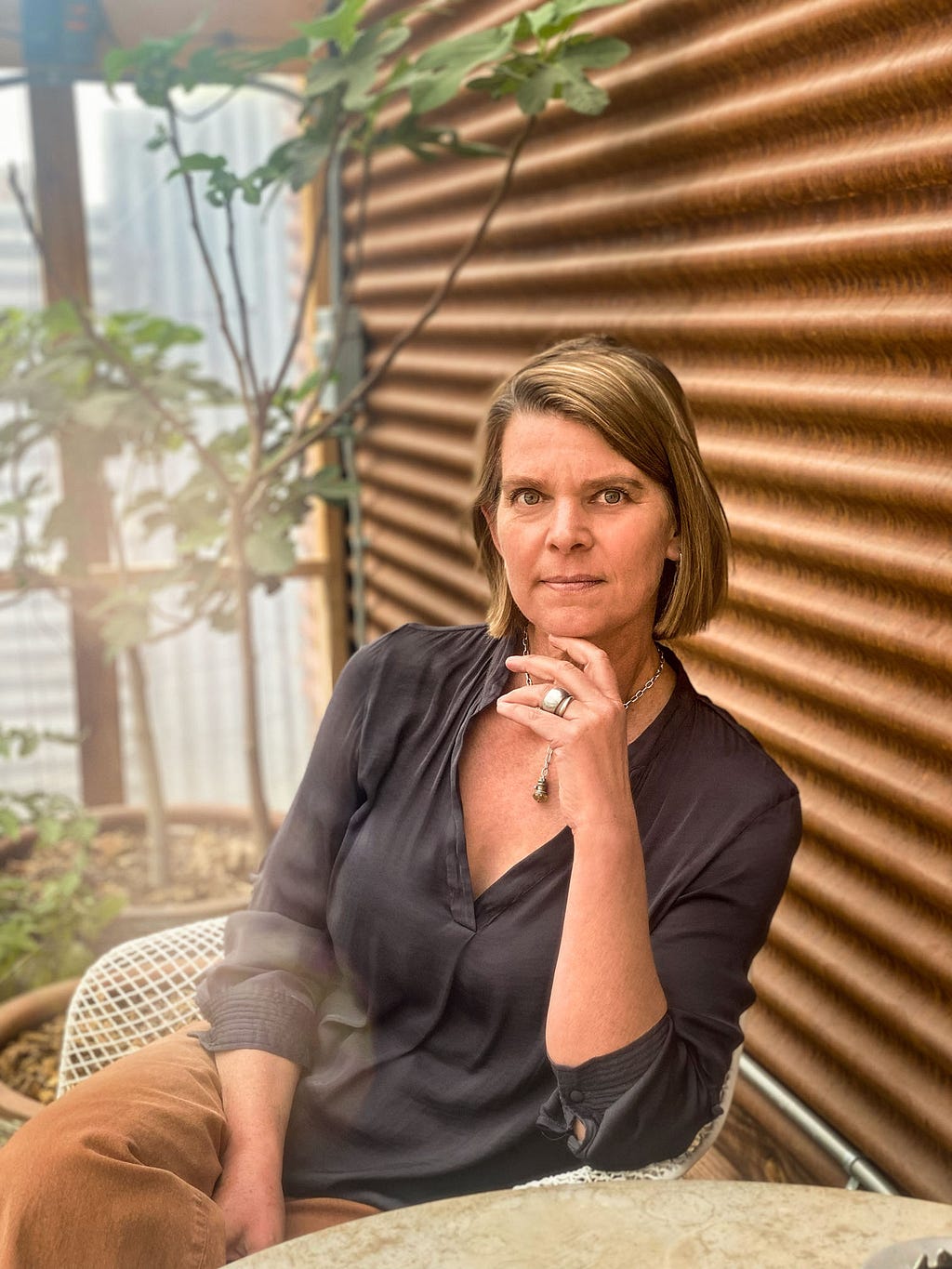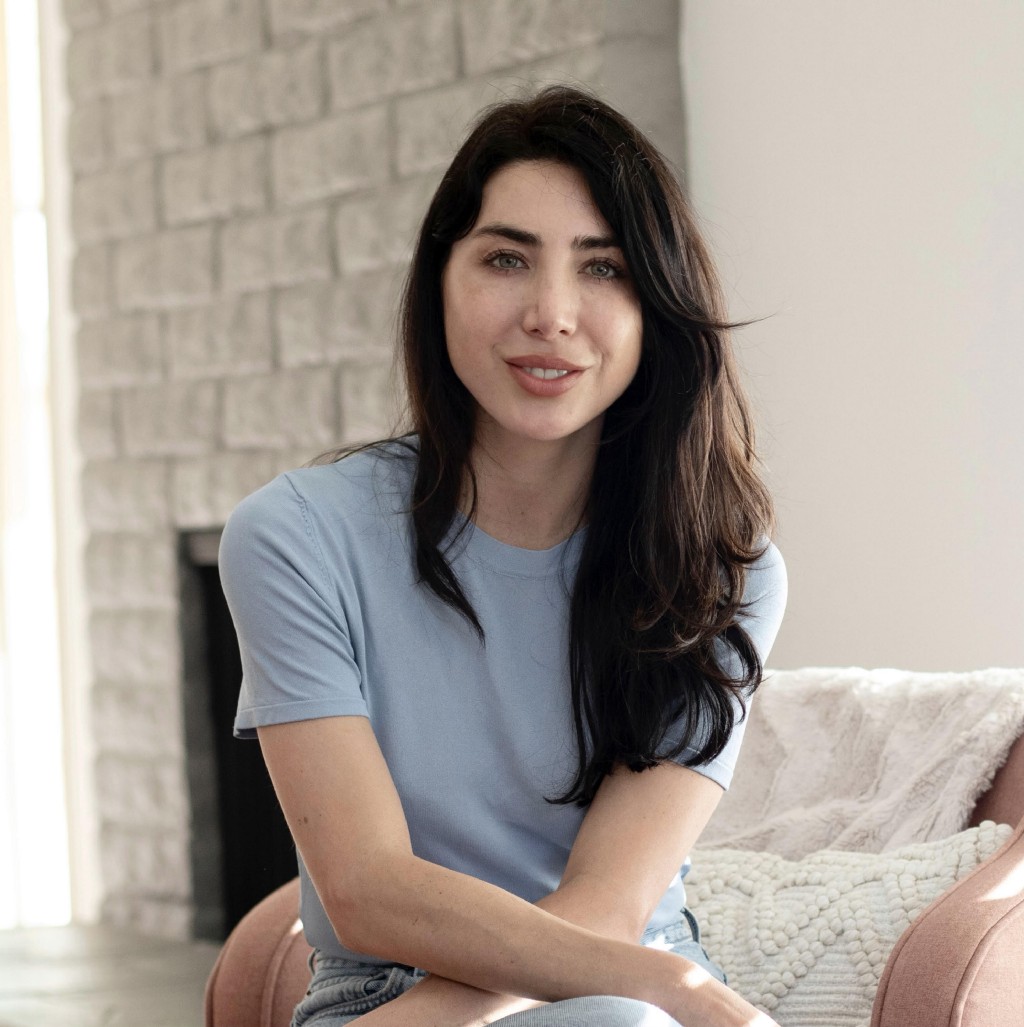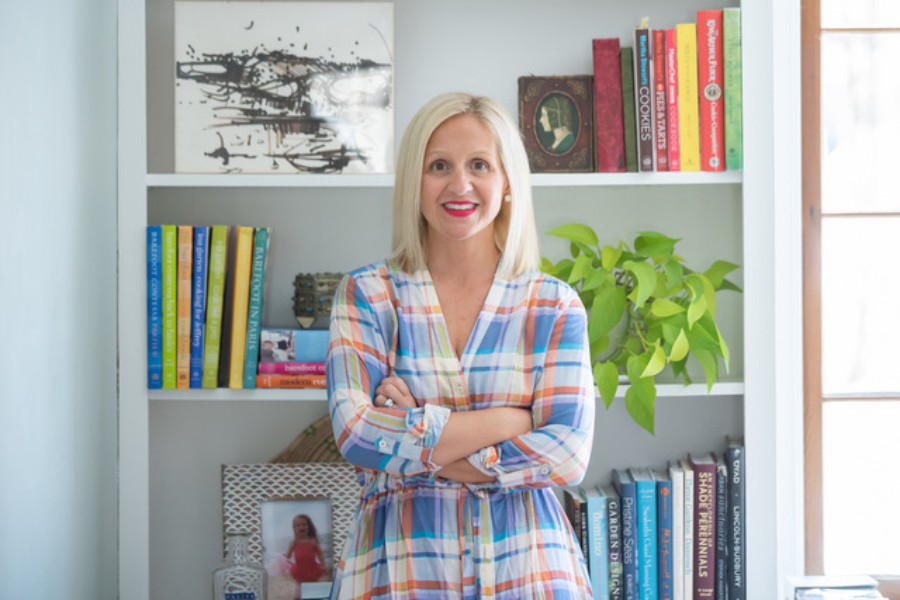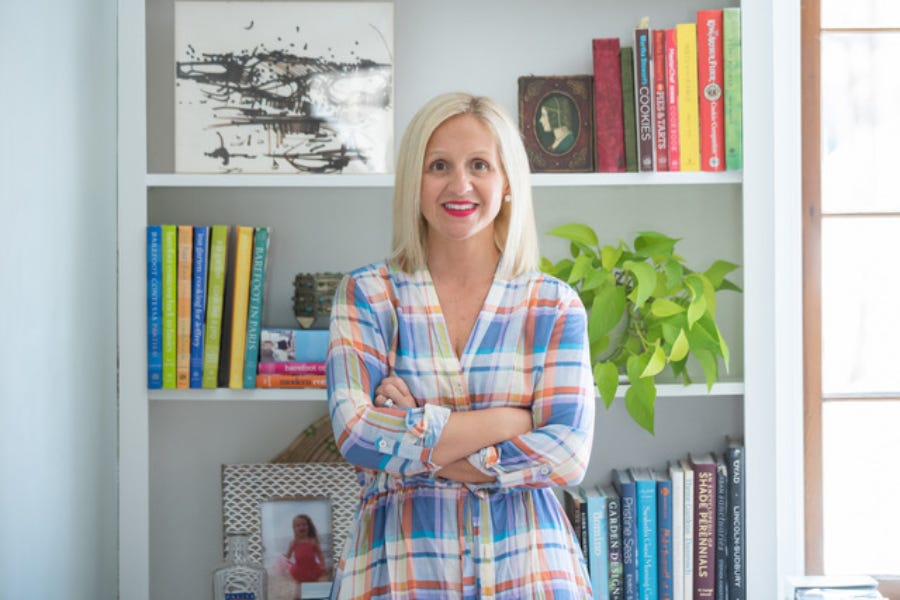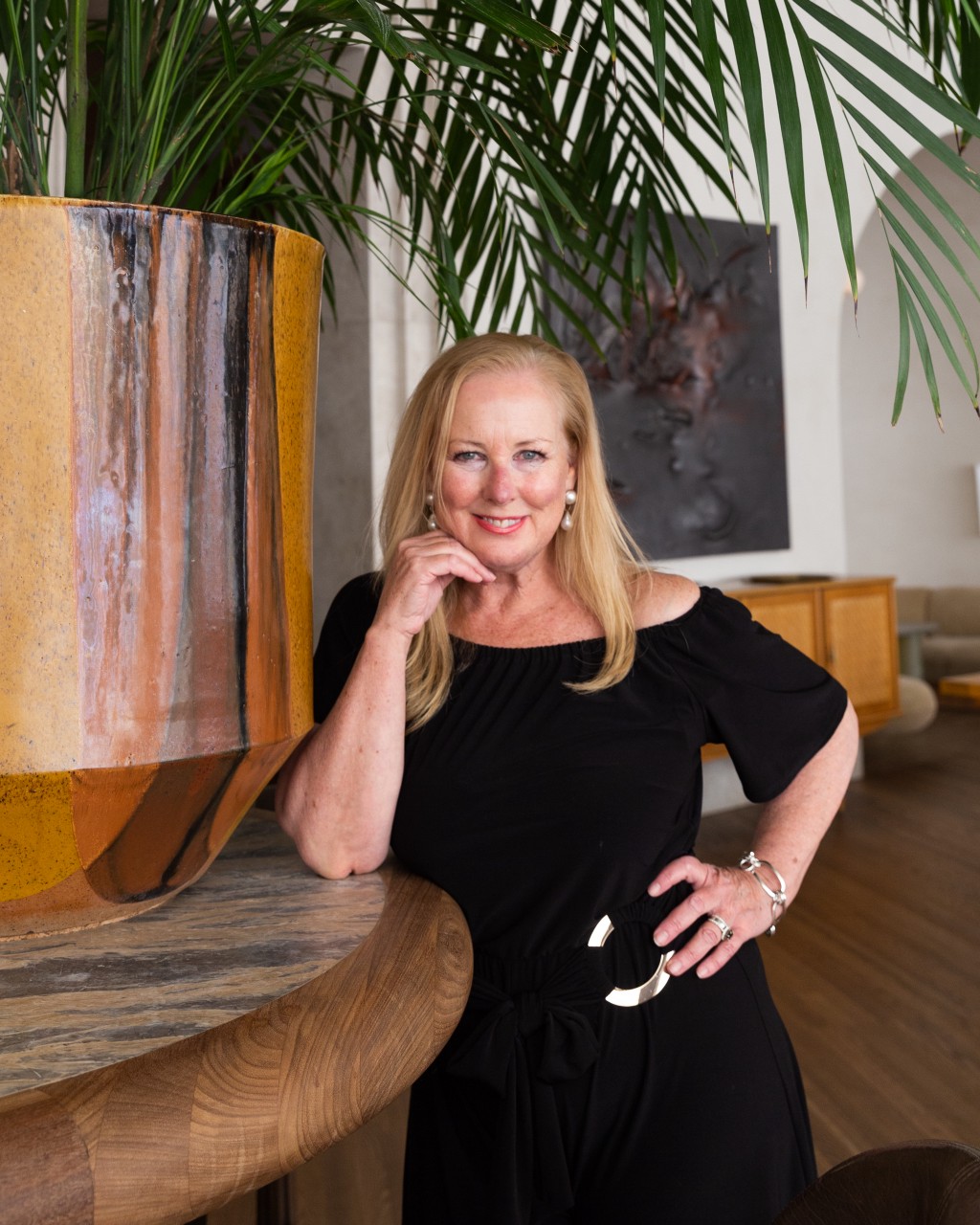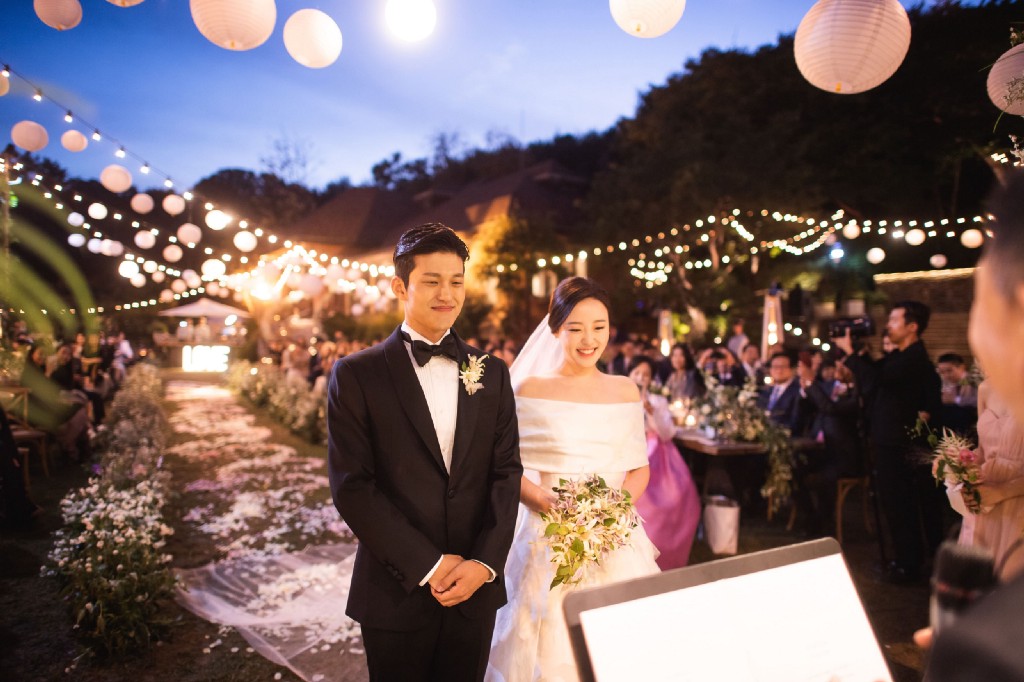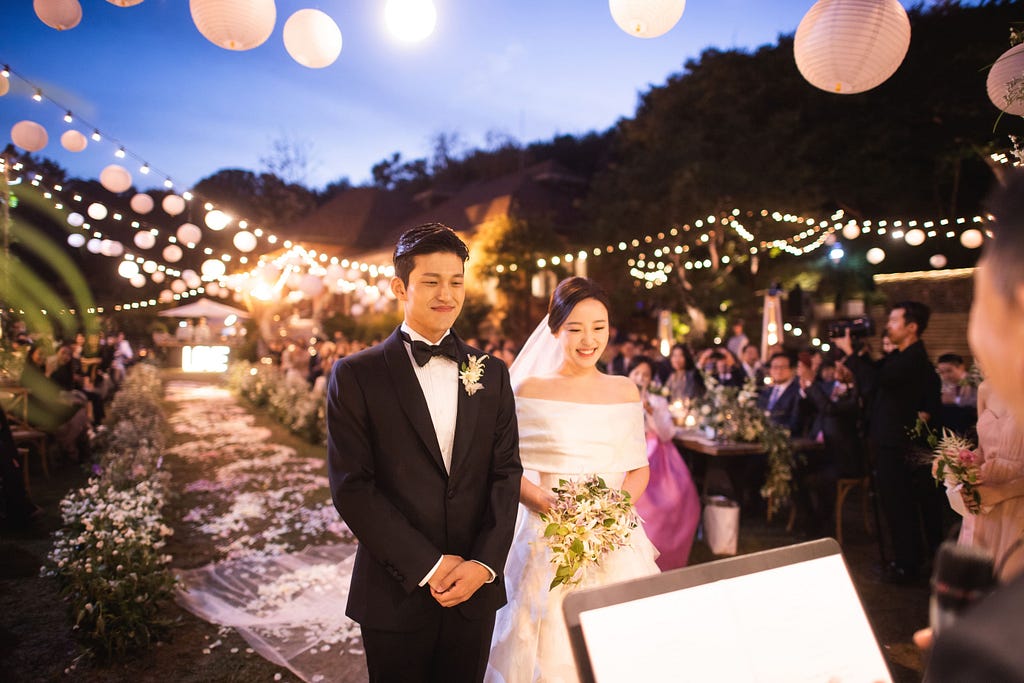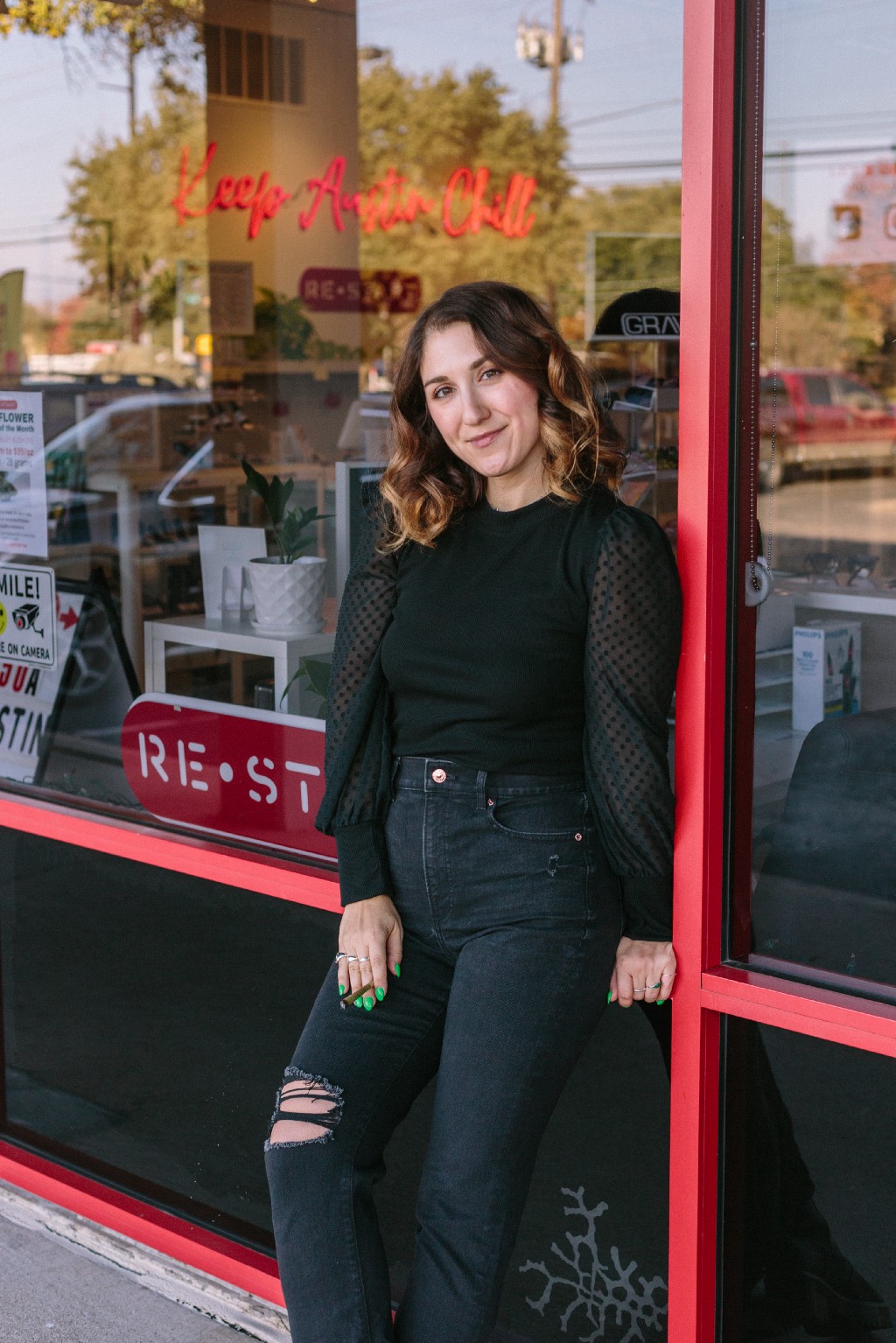Female Founders: Thea Myhrvold of Getbee On The Five Things You Need To Thrive and Succeed as a Woman Founder
An Interview With Candice Georgiadis
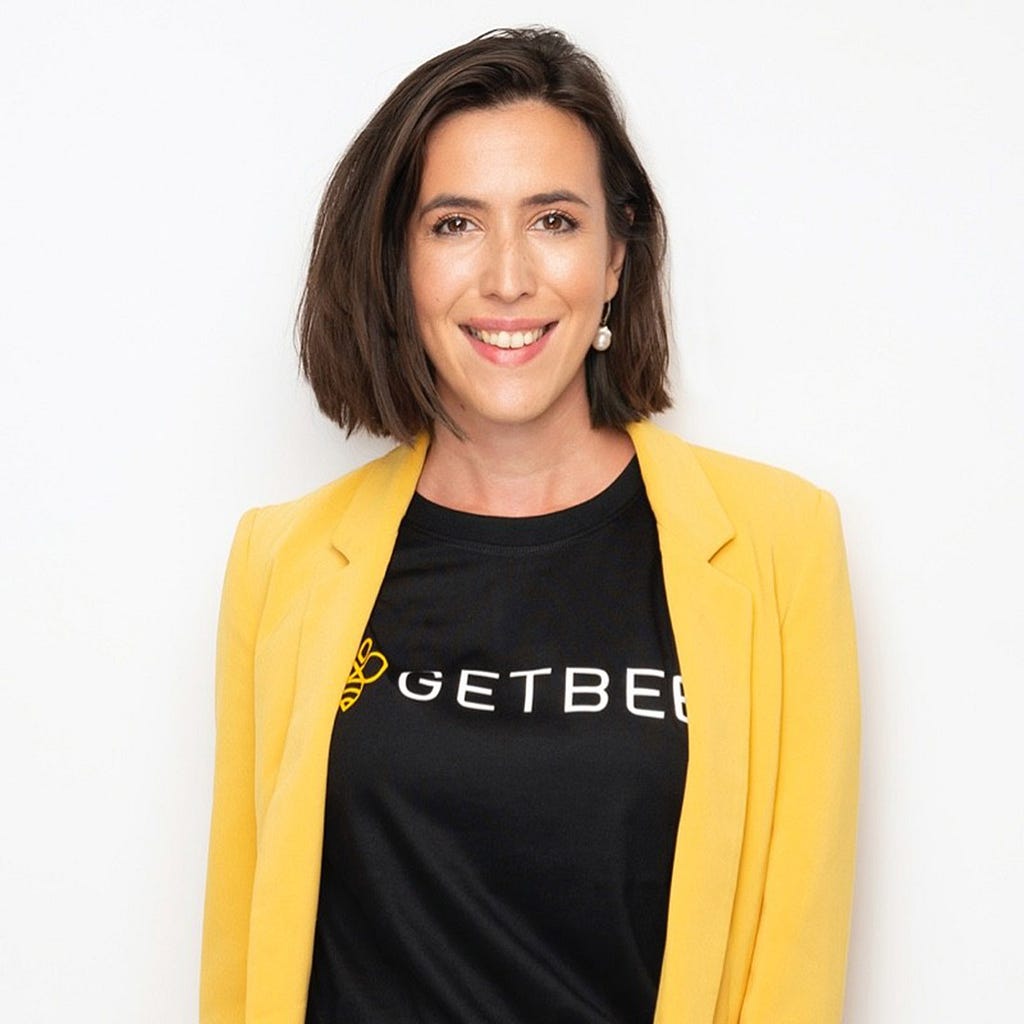
I believe you are your own hardest boss and critic. A myth is that its easy to be your own boss however no one is guiding you, clapping for you, giving you feedback. It is in fact very lonely. It requires a lot of tenacity and persistence. Ultimately, we are our own toughest critic.
As a part of our series about “Why We Need More Women Founders”, I had the pleasure of interviewing Thea Myhrvold, Founder of Getbee.
Thea is the Founder of Getbee, a software enabling brands to bring the human touch into the online sales process — from live product recommendations to purchase, via a branded video call. “Throughout history, commerce has always been about people buying from people. With Getbee, we are bringing back this experience to the digital era. Our vision is to transform the way billions of people buy and sell online.” Speak with your e-commerce clients and 10x your sales conversion rate.
Thea is a globally recognized founder and CEO with a record of accomplishment in technology and innovation for more than 10 years. With both Arabic and Norwegian heritage, her international experiences and perspective has shaped how she aims to scale global impact. From coding one of the first edtech game-based apps, to launching a global marketplace for learning with TeachMeNow, and now scaling a global B2B technology that digitally transforms the future of work with Getbee, she has a proven track record of delivery, impact and results.
Securing partnerships with Microsoft to Expo2020 and One Million Arab Coders. Thea has been recognized with numerous awards including being an Expo2020 Global Innovator, The Cartier Woman’s Awards, INC. Arabia’s Top Female Startups, Mercedes Benz Brand Ambassador and top 10 Linkedin Power Profile all under the age of 30. Regularly quoted in international media in Forbes, Bloomberg, Skynews, The Financial Times, The BBC, Gulf News, to name a few.
Thank you so much for doing this with us! Before we dig in, our readers would like to get to know you a bit more. Can you tell us a bit about your “backstory”? What led you to this particular career path?
It was always about impact. As a young person navigating larger organizations, like the UN, I was frustrated at the lack of impact I had. I saw much more potential in doing my own thing and finding my own way. Leveraging technology I saw I could make a real difference faster than in other ways.
Can you share the most interesting story that happened to you since you began leading your company?
I am proud of a lot of our team accomplishments. A recent big win for us was officially being supported by Expo2020 and winning a $100 000 grant. Out of thousands of global applications only 100 top global innovators have been selected as well as the Cartier Woman’s Awards. This is a great achievement in terms of global validation of our work and our business.
LinkedIn published their top 40 “Power Profiles” in terms of influence on Linkedin. I was one of the top 10 influences in tech in the Middle East. I was the only woman on that list and I am so proud to represent women in tech — it is a great measure of our influence of the work that we do and the need to amplify more voices.
My last big event before covid was an audience of 10000 people. Was a contract going from those events to covid.
Can you share a story about the funniest mistake you made when you were first starting? Can you tell us what lesson you learned from that?
I believe you should always be learning. I continue to grow and learn all the time, if not then I am truly failing.
Especially as women, we sometimes have this paralysis by analysis. We need to realise that done is better than perfect. I believe when most people start we have this need for being perfect which comes from some deep insecurity somehow. However it is important to start, keep going, and keep iterating/learning.
And once you start — keep going. You will be surprised how far you come. And to you, the reader, I can’t wait to read YOUR story one day too!
None of us are able to achieve success without some help along the way. Is there a particular person who you are grateful towards who helped get you to where you are? Can you share a story about that?
So many! I am forever grateful to my mentors and colleagues. At the end of the day, they all took a chance and paid it forward to me.
Ok, thank you for that. Let’s now jump to the primary focus of our interview. According to this EY report, only about 20 percent of funded companies have women founders. This reflects great historical progress, but it also shows that more work still has to be done to empower women to create companies. In your opinion and experience what is currently holding back women from founding companies?
Representation matters. That is why it is so important to amplify the voices of diverse leaders and founders. When I was growing up I didn’t know tech was even an option for me. If you think about tech founders (still today) the typical names come to mind: Elon Musk, Bill Gates, Steve Jobs, Mark Zuckerberg , etc. how many female / diverse founders can you name?
Studies have shown that representation matters for the whole ecosystem: inspiring future founders but also changing the perception of investors. Most investors will spot trends or patterns and continue to invest in traits that they see are successful. If they don’t hear/see/ recognize alternatives routes to success, it becomes harder to spot those opportunities. Hence there are some great funds like pink salt ventures, a fund that is focused on female founders, who is tapping into this massive potential and business opportunity.
Female run companies are more profitable, sustainable and if you look at the unit economics, usually much better investments. However only 2% of VC funding goes to female led companies. This is a massive untapped potential.
Can you help articulate a few things that can be done as individuals, as a society, or by the government, to help overcome those obstacles?
Unconscious bias is real and it is also based on lack of representation.
Awareness is the first step. Every situation is different however on a personal level — education is key. There are some amazing ted talks — recommended list: https://theriveter.co/voice/9-inspiring-ted-talks-you-have-to-hear-by-female-startup-founders/
As an individual be aware of how you are hiring and what kind of services or products you are buying and how you are sourcing them. We make economic decisions everyday — your buying power can make an impact.
As a society and as government I can also use the example of maternity leave and support for working mothers and fathers. In studies that have come out of countries like Norway, the fact that both mothers and fathers have the chance to take leave, makes hiring more fair across the board too. The childcare policies in Norway has grown the economic GDP on par with the oil fund, which is one of the largest in the world.
This might be intuitive to you as a woman founder but I think it will be helpful to spell this out. Can you share a few reasons why more women should become founders?
I believe we can see and problem solve differently. In general, and this is a generalization, we are
What are the “myths” that you would like to dispel about being a founder? Can you explain what you mean?
I believe you are your own hardest boss and critic. A myth is that its easy to be your own boss however no one is guiding you, clapping for you, giving you feedback. It is in fact very lonely. It requires a lot of tenacity and persistence. Ultimately, we are our own toughest critic.
Is everyone cut out to be a founder? In your opinion, which specific traits increase the likelihood that a person will be a successful founder and what type of person should perhaps seek a “regular job” as an employee? Can you explain what you mean?
Persistence and perseverance. It requires a lot of grit and continuous learning and problem solving. I like to call myself a professional problem solver.
Ultimately you will be knocked down more times than you can count, however the best, are those who keep going. This mindset is key.
Ok super. Here is the main question of our interview. What are your “5 Things I Wish Someone Told Me Before I Started” and why? (Please share a story or example for each.)
- Just start. — you will figure it out as you keep going.
- Trust yourself.
- Hire and find people who inspire you and that you can learn from.
- Failure is not final.
- Understand how to manage your energy — what drains you and what gives you energy so that you can show up as your best self for your team, clients, partners, family, etc.
How have you used your success to make the world a better place?
Yes, tech for good is a core competent of what we do. We donate our software to an impact project that can deliver personal live consultations online. We recently supported an amazing project in Latin America called Mujers en Action, an NGO that crowdsources volunteers like coaches, therapists, lawyers for women to speak to who are experiencing domestic violence. Via Getbee, they can track and measure impact, and deliver a branded and safe service. We are proud to pay it forward with our technology as well.
You are a person of great influence. If you could inspire a movement that would bring the most amount of good for the greatest number of people, what would that be? You never know what your idea can trigger.
I believe it is important to pay it forward. I heard something beautiful from Christine Lagarde : invest in love. When you have love (be it from a partner, child, parent, etc.) you help support and grow confidence. When you have confidence you can give it to others and empower others. The capital of confidence is key in how we pay it forward. If you can empower and inspire someone in your network and pay it forward, it will inspire a network and exponential affect.
We are very blessed that some very prominent names in Business, VC funding, Sports, and Entertainment read this column. Is there a person in the world, or in the US with whom you would love to have a private breakfast or lunch with, and why? He or she might just see this if we tag them.
Jessica Alba and Gwyneth Paltrow, I see you investing and working in tech building out platforms like Goop and The Honest Company. I see massive collaboration with what we are all building, shared values and supporting women. Let’s talk!
Thank you for these fantastic insights. We greatly appreciate the time you spent on this.
Female Founders: Thea Myhrvold of Getbee On The Five Things You Need To Thrive and Succeed as a… was originally published in Authority Magazine on Medium, where people are continuing the conversation by highlighting and responding to this story.


